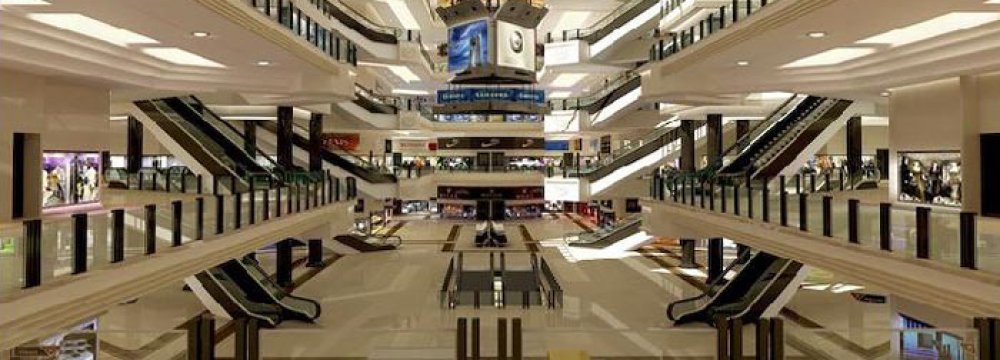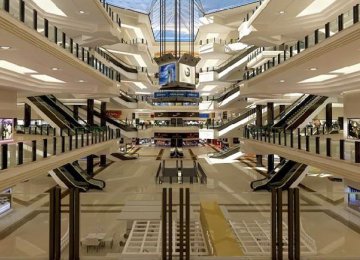The age of shopping malls in Iran does not go beyond 15 years. Normally metropolises such as Tehran, Mashhad, Tabriz, Shiraz and Isfahan should be the first options for shopping mall developers, but small cities are also witnessing growth, says Shahrokh Keshavarz, board member of the Association of Shopping Malls Employers’ Guild.
He believes that traditional bazaars have been crowded out by the modern shopping centers for two reasons: preferences of different classes of customers and growth of urbanization. Those who refer to traditional markets do not share the same needs with those who go to modern shopping malls, Forsat-e Emrooz quoted him as saying.
Traditional markets are losing their appeal among people, and Keshavarz blamed it on their location, transport difficulties and the limited choices they offer to the customers.
“It is not economically viable for people to travel to another neighborhood in order to buy their commodities. It is one of the requirements of modern life for us to be economical with time by buying the entirety of what we need in a single place,” he continued.
The number of malls in some districts in Tehran is on the rise dramatically, and all of them are almost in the same stage of physical progress. It is estimated that they will be completed and offered to the market simultaneously.
In the construction of shopping centers, one of the main factors that should be considered is population density, Keshavarz said.
According to international standards, one commercial center should be constructed per 25 citizens, whereas in several districts of Tehran there is one for six people. For instance, in District 22 of Tehran Municipality (in the northwest of the capital), tens of shopping malls have been built within shouting distance. The number of shopping centers has reached the saturation point. Fortunately this is not the case about other megacities of Iran.
At present, there are 2,000 shopping centers in Iran and an additional two million square meters will be added to the commercial properties of Tehran within two years. The figure would rise to 16 million square meters for the whole country.
Asked about his association’s responsibility in this regard, Keshavarz said: “The construction permits are issued by the municipalities and not our association. Unfamiliarity with modern management methods can also lead to the failure of a shopping center.”
Keshavarz said the shopping mall’s architecture, its facade, interior design, facilities, brands and the businesses active there and the performance of its personnel all together help create a brand for it.
“Although customers may only notice salespeople, construction of a shopping mall generates a host of jobs for many professions, including but not limited to the builders, architects, electricians, elevator and escalator manufacturers, shop designers, management teams and contractors. A shopping mall with a parking lot, food court and cinema creates at least 1,000 jobs,” he concluded.





